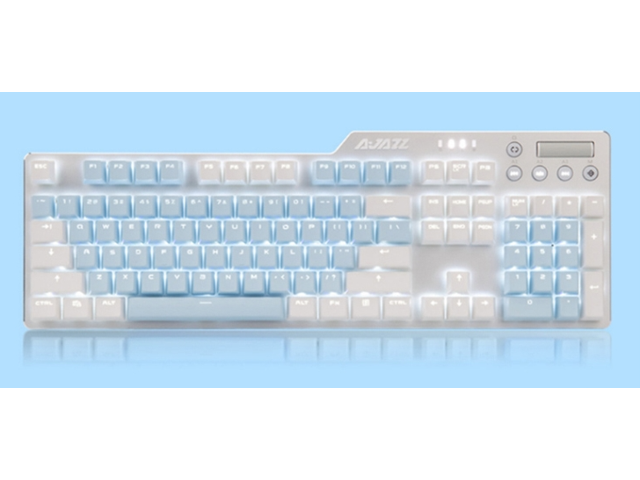Excerpt from Early Keyboard Music, Vol. 2: A Collection of Pieces Written for the Virginal, Spinet, Harpsichord, and Clavichord
Besides dances, composers of this period occupied themselves with Fantasias, Preludes, Toccatas, and Variations. The Toccata was one of the earliest specifically instrumental forms. It had no well-defined requirements; but one of its obvious features was a flowing movement, often regularly recurring figures, frequently of rapid running passages, with little decided melodic character; thus, like the Fantasia and Prelude, it was in the nature of a brilliant improvisation. In the Variation was soon found a medium for the development and display of the composer’s ingenuity and the executant’s technical facility; and it was considered appropriate to many of the dances just described.
When composers came to perceive the value of the artistic balance and contrast to be obtained by grouping together dances of different tempos, rhythms and character, grave and gay, the Suite came into being. There was no definite rule, even in the latest and lightest development of the Suite, establishing the kind and order of the movements to be used; and in the earliest examples we find an infinite variety. However, the Suite was always in the same key throughout. By the beginning of the seventeenth century some general principles of choice and arrangement were cur rently accepted; with or without a Prelude, the Suite was often constituted of an Allemande, a Courante, a Sarabande and a Gigue, in the above order; but sometimes other movements were employed.
About the Publisher
Forgotten Books publishes hundreds of thousands of rare and classic books. Find more at www.forgottenbooks.com
This book is a reproduction of an important historical work. Forgotten Books uses state-of-the-art technology to digitally reconstruct the work, preserving the original format whilst repairing imperfections present in the aged copy. In rare cases, an imperfection in the original, such as a blemish or missing page, may be replicated in our edition. We do, however, repair the vast majority of imperfections successfully; any imperfections that remain are intentionally left to preserve the state of such historical works.















